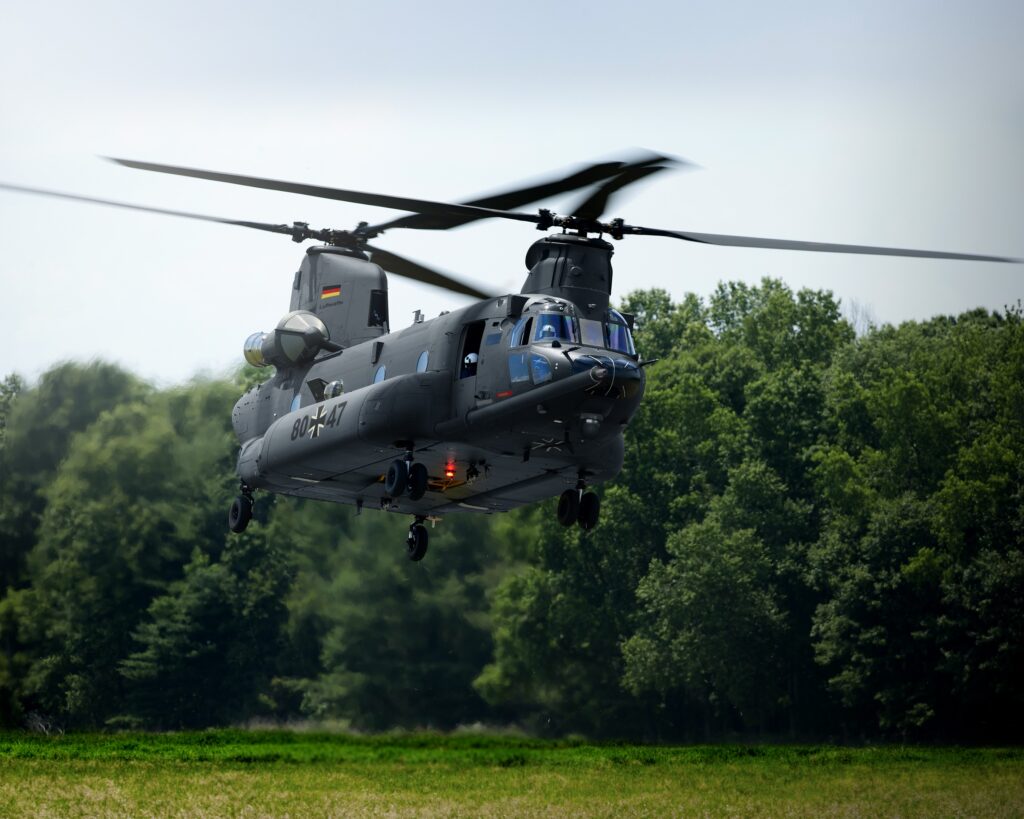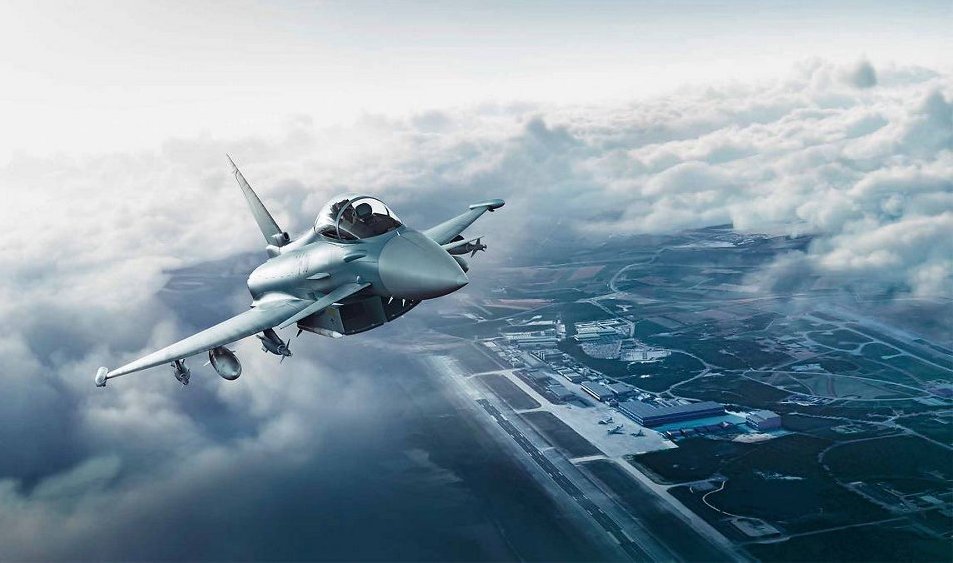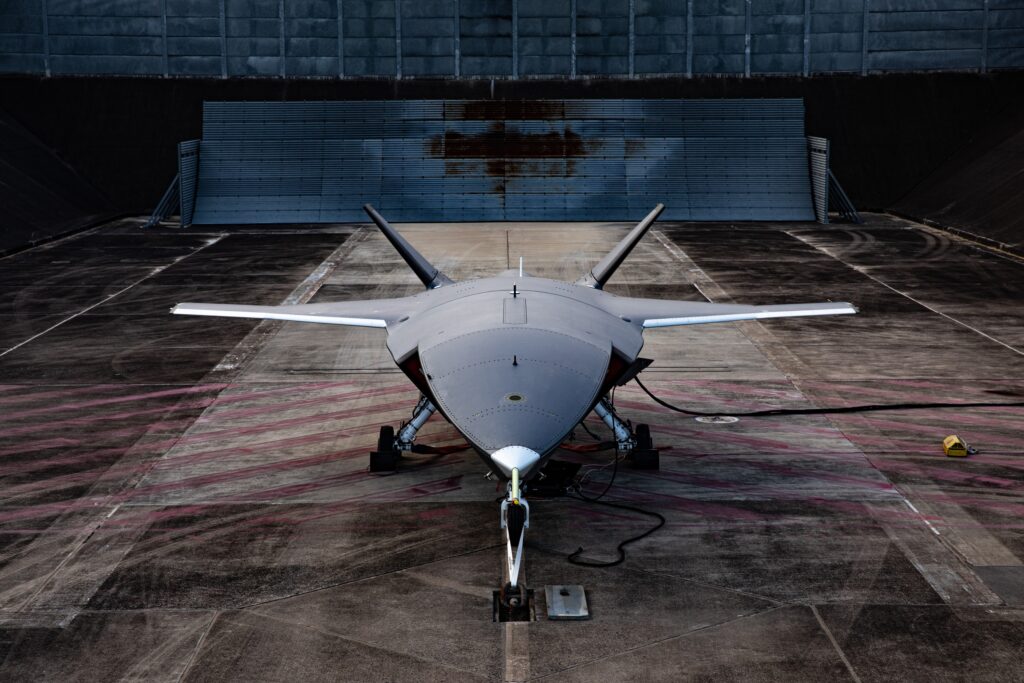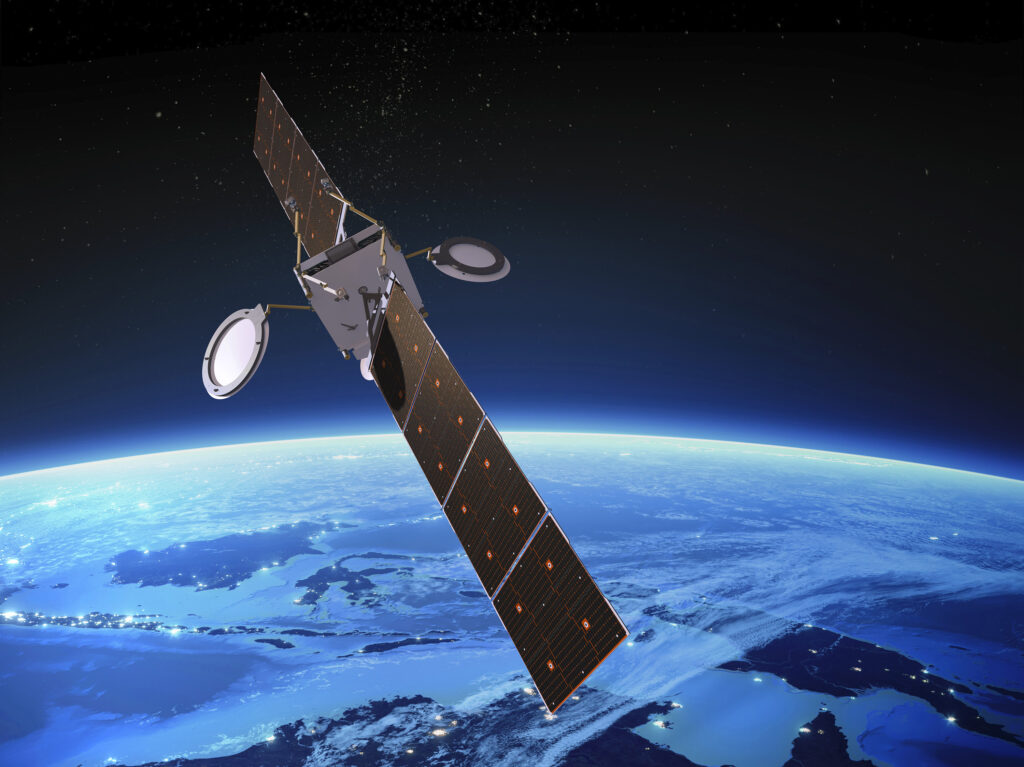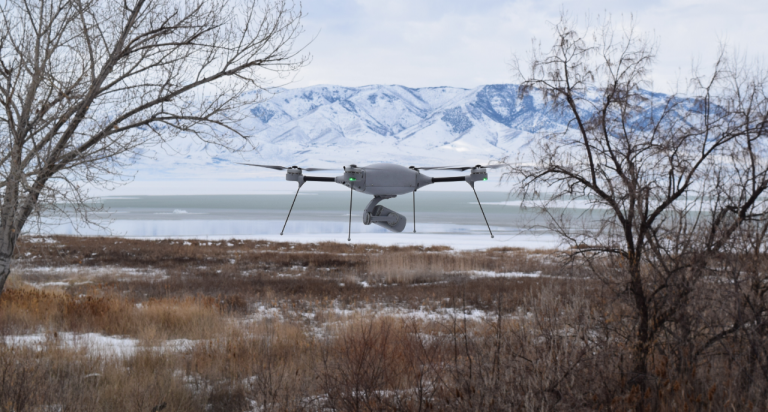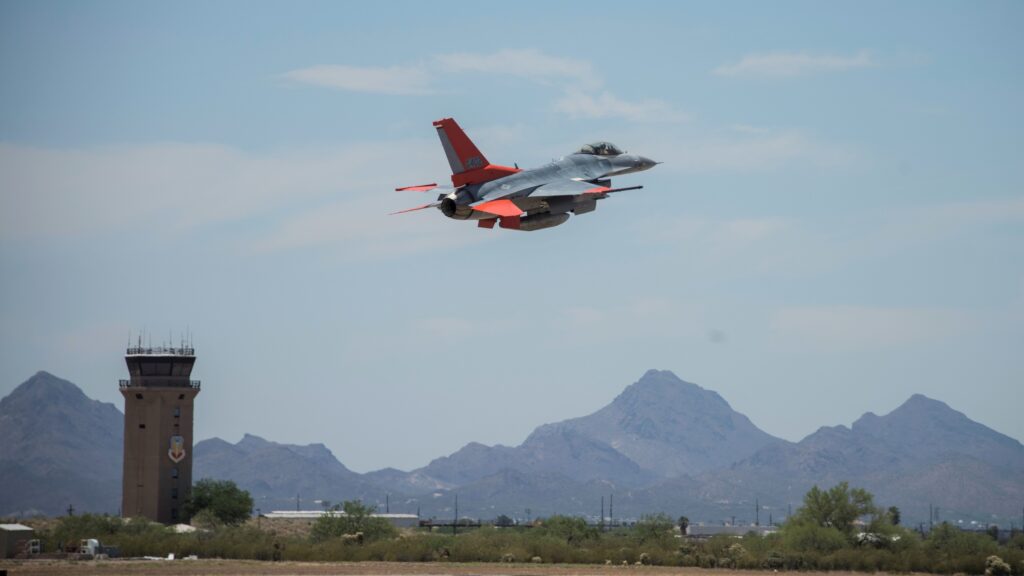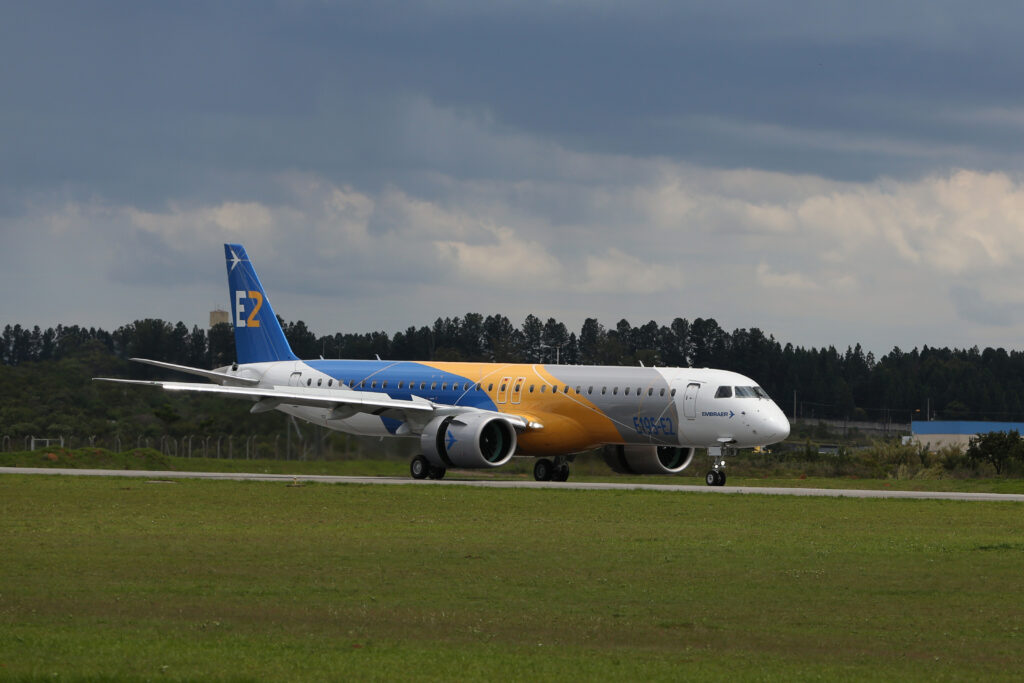Boeing, Honeywell and Rolls-Royce Deutschland Partner to Service Chinook Engines
Boeing [NYSE: BA], Honeywell Aerospace and Rolls-Royce Deutschland Ltd. have reached an agreement to provide in-service support of the T-55 engine should the government of Germany select the H-47 Chinook for its Schwerer Transporthubschrauber (STH)…
